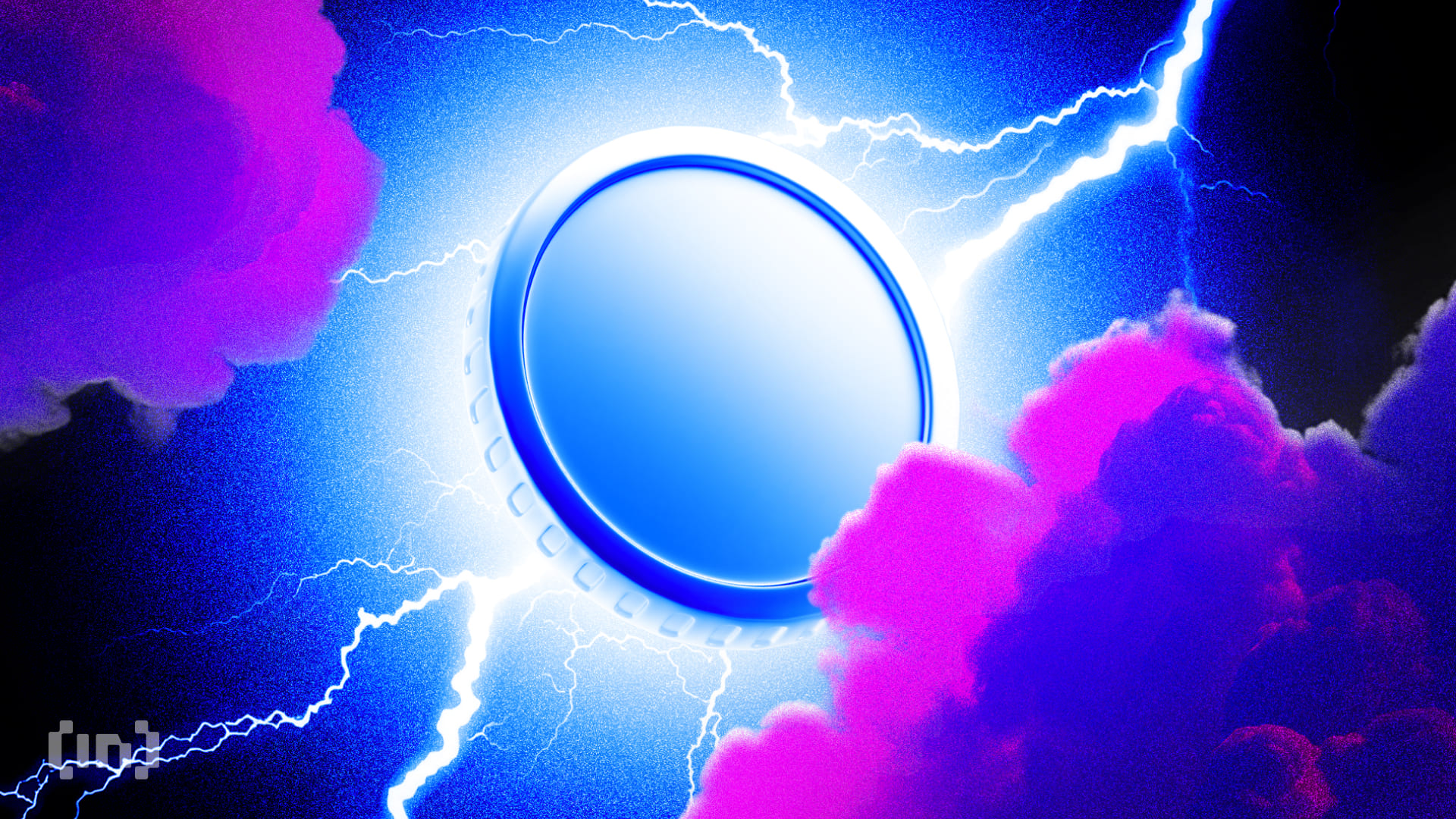Onyxcoin (XCN) has plunged by 15% in the past week and is poised to extend its decline as selloffs strengthen.
Adding to the bearish outlook, a key technical indicator is on the brink of forming a death cross, a signal that often precedes deeper price declines.
XCN At Risk of Sharp Decline
BeInCrypto’s assessment of the XCN/USD one-day chart reveals the potential formation of a death cross on its Moving Average Convergence Divergence (MACD).

This bearish pattern emerges when an asset’s MACD line crosses below the signal line, signaling a shift from bullish to bearish momentum. Such a pattern often precedes significant price drops, especially when accompanied by weakening volume and broader market uncertainty.
At press time, XCN’s MACD line is poised to cross below its signal line. If confirmed, the death cross would indicate intensifying selling pressure and signal the start of a prolonged downtrend.
Moreover, XCN’s double-digit decline over the past week has pushed its price towards its 20-day exponential moving average (EMA). This key moving average measures an asset’s average price over the past 20 days, giving more weight to recent prices.

XCN’s dip toward the 20-day EMA suggests that bulls are losing control, while sellers continue to dominate the market. If XCN’s price fails to hold above the key moving average, it may trigger a deeper correction.
XCN Bears Take Charge
XCN’s looming MACD death cross and its potential decline below the 20-day EM signals a strong shift toward bearish territory. These indicators suggest that bearish momentum is gaining traction, with buyers showing little strength to reverse the current downtrend.
If the decline continues, XCN’s price could fall to $0.0075.

On the other hand, a spike in new demand for XCN will invalidate this bearish outlook. In that case, the token’s price could reverse its ongoing decline, break above $0.0174, and climb to $0.023.
The post Onyxcoin (XCN) Faces Strong Bearish Pressure as Death Cross Looms appeared first on BeInCrypto.






